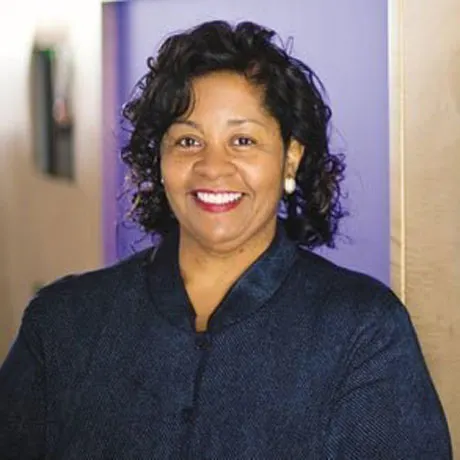9 important terms to know for school visits

Expert reviewed by Ginny Osewalt

At a glance
Schools have different philosophies about the best ways to teach children.
You’re likely to hear about these philosophies during school visits.
There are also some administrative terms that can be helpful as you research your options.
Schools have different philosophies about the best ways to teach children. But if you don’t understand the terms they use when describing their philosophies, you might miss out on valuable information during your school visit. There are also some administrative terms that can be helpful to know as you’re researching your options. Here’s a cheat sheet of nine terms or phrases you might hear on your visit.
Inquiry-based learning
Schools that use this approach put less emphasis on lectures and memorization. Instead, the goal is to help students understand new concepts by getting them to solve a problem or question. Fifth graders learning about inertia might be asked to stack books on a chair, then quickly shove the chair forward a few inches. They’ll see how the books are carried forward by momentum and topple off the chair. Students tend to do a lot of hands-on work and analysis. This method of learning is sometimes called problem-based inquiry.
Project-based learning
This teaching approach uses projects to help students connect different skills and master new concepts. A project may take weeks or months. It could involve the use of writing, reading, math, and public speaking or video production. Ninth graders studying democratic government might do simulations in which they act as members of a United Nations task force. They would perform research and show how they would advise the leaders of a new nation.
Child-centered learning
In this approach, children’s natural curiosity guides the learning experience. The teacher follows the kids’ lead. If it’s snowing, the students may ask to learn about snow. If one of the kids mentions he got a new pet frog, the class may want to spend some time learning how frogs are able breathe on land and under water. You’ll hear this term most often in preschool and the early years of grade school.
Open enrollment
Depending where you live, your child may be allowed to transfer to another public school within your school district. This is called intradistrict open enrollment. Or your child may be able to attend a school outside your local district. This is called interdistrict open enrollment. Districts may use a lottery or other system for determining who gets to attend a school if there’s not enough room for all the applicants. Open-enrollment policies spell out whether transportation will be provided.
Collaborative team teaching or integrated co-teaching
This approach pairs a general education teacher and a teacher. They work together in an inclusion classroom, teaching children with and without learning differences. Students often work in small groups. The teachers can tailor instruction to the students’ needs.
Democratic education
Schools that describe themselves in this way are generally opposed to standardized tests. They also tend to oppose the role of corporations in publicly funded charter schools. Democratic schools stress student engagement and self-direction. Some kids with learning and thinking differences thrive in this environment. Others may do better with more structure and predictability in their daily routines.
Interdisciplinary instruction or thematic instruction
This approach typically brings together teachers of core subjects like math, English, history, and science. The goal is to have these teachers coordinate their lesson plans in ways that broaden students’ understanding of a given topic. But thematic instruction can be taught by one teacher at the elementary level, too. For example, a second-grade interdisciplinary study of the Amazon rainforest can integrate lessons in science, reading, writing, geography, math, and visual arts.
High-stakes test
This term typically refers to standardized tests that can have a big effect on a public school. Schools with low student-achievement scores may have to do things like provide free tutoring, replace staff members or shut down altogether. Unlike public schools, private schools are free to choose which tests to use. Schools that don’t receive public funding don’t have to release their test scores, but parents can ask to see them.
Blended learning
Combining face-to-face learning with instruction that is provided online — either in the classroom or at home — has become the new normal in some places. You may also hear this system described as hybrid learning or flipping the classroom. By using video lectures to introduce new concepts, this approach is designed to give teachers more time in the classroom to help children deepen their understanding and work on problem-solving skills.
Key takeaways
Understanding open-enrollment policies will give you a better sense of what your options are.
Co-teaching classrooms are often a good fit for children with learning and thinking differences.
Some kids with learning and thinking differences may thrive at democratic schools while others may need more structure and predictability.

